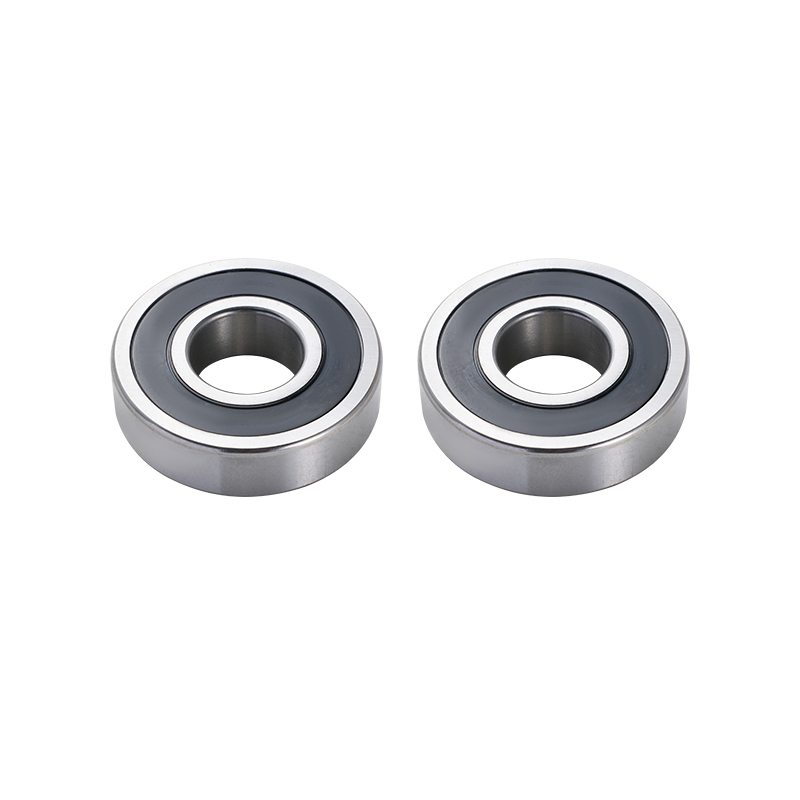When it comes to high-performance machinery, small details often make a significant difference. One such detail is the design of the groove in bearings—especially in what are commonly known as deep groove bearing systems. These are among widely used types of rolling-element bearings, valued for their versatility, simplicity, and efficiency. But what makes the groove design in these bearings so critical?
To begin with, a deep groove bearing gets its name from the deep, precision-machined grooves found on the inner and outer raceways. This design allows the bearing to handle both radial and axial loads efficiently. Unlike other bearing types that are limited in how much axial load they can manage, deep groove bearing units perform well in both directions, making them ideal for applications like electric motors, gearboxes, automotive hubs, and even household appliances.

A typical ball bearing with groove is constructed with a single row of steel balls resting between the inner and outer raceways. The groove depth is what allows these balls to stay aligned under load and maintain stable rotation at high speeds. In a properly designed ball bearing with groove, the contact area between the ball and the raceway is optimized for smooth motion and minimal friction. This groove depth plays a direct role in heat generation, energy loss, and long-wear resistance.
Among the various types, the ball bearing single row deep groove is commonly used. These bearings are preferred for their simple design and reliability. Despite having only a single row of balls, the ball bearing single row deep groove provides impressive performance under various load conditions. It can sustain both radial and limited axial loads, making it a favorite in high-speed applications like electric motors and power tools. In fact, one of the key reasons engineers choose a ball bearing single row deep groove configuration is the reduced need for complex installation or frequent maintenance.
But why does the groove design matter so much? For one, a well-designed groove ensures proper alignment and even load distribution across the bearing. Without this, uneven pressure can cause premature failure, increased friction, or excessive noise. That's why high-quality deep groove bearing systems are manufactured with exacting tolerances. This attention to groove geometry guarantees long service life and efficient rotation.
Moreover, the shape and depth of the groove also affect how the ball bearing with groove deals with misalignment. In some applications, shafts may not be greatly aligned due to operational or structural constraints. A well-engineered ball bearing with groove can accommodate slight misalignments while still operating smoothly. This reduces mechanical stress and helps prevent damage to the shaft or housing.
In industrial environments where space is often limited, the ball bearing single row deep groove shines. Its compact design allows it to be integrated into tight spaces without compromising performance. Many automated systems, conveyors, and robotics equipment rely heavily on this type of deep groove bearing for dependable and low-noise operation.
Another often overlooked benefit is versatility. A ball bearing with groove is suitable for a wide range of materials—from standard carbon steel to stainless steel and ceramic. This adaptability means the deep groove bearing can be customized for high-speed, high-temperature, or corrosive environments.
The groove design in a ball bearing single row deep groove is far more than a simple engineering feature—it's the core of what makes these bearings reliable and effective. The depth, shape, and precision of the groove directly influence performance, durability, and suitability for specific applications.



 English
English русский
русский
